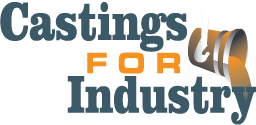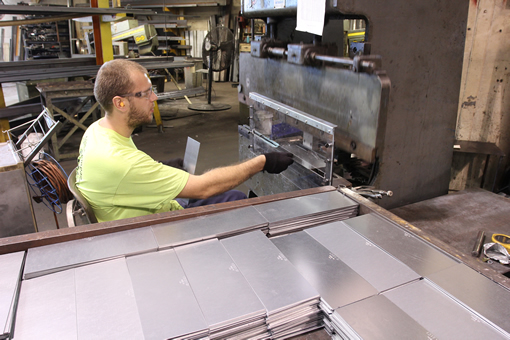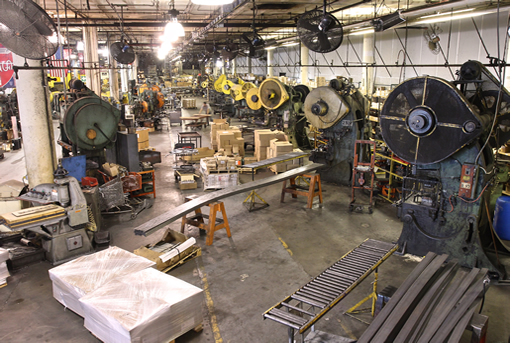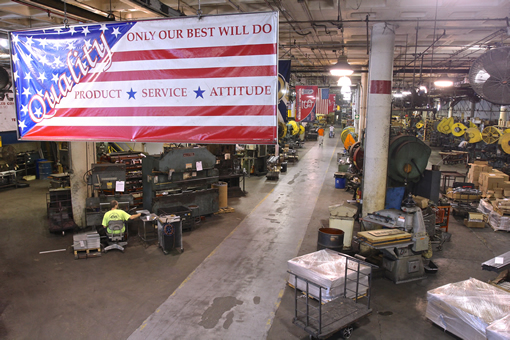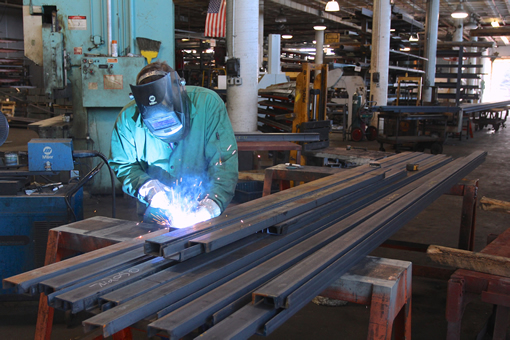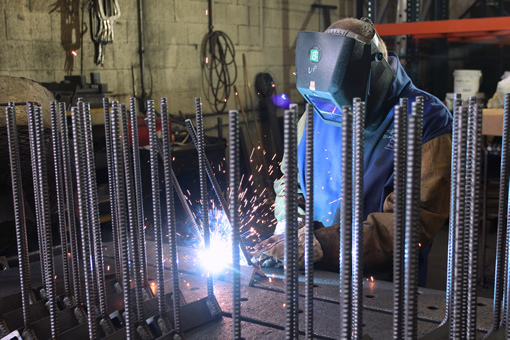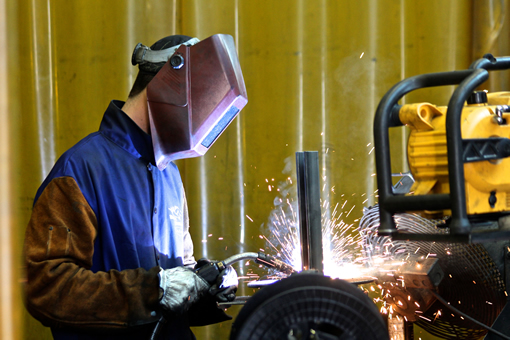Helping Metal Casters For More Than 30 Years
CFI is uniquely qualified to work with you on your bid specifications because our principals have worked through every phase of the metal casting business: hands-on at the foundry floor level, cost estimating, drawing, time studies, quality assurance and sales.
Castings for Industry brings more than 30 years of metal casting production expertise you need to make the right casting decisions on new or existing projects. Choose us because CFI will:
- Match you to the foundry that will best meet your needs.
- Engineer a better solution for your project when you need assistance.
- Assure quality throughout every step of the project.
- Assign your complete project to a single source supplier
committed to standing behind the integrity of your completed part.
We’ve worked with companies of all sizes from the local mom & pops to the Fortune 500s in a variety of industries: OEM, electrical utilities, steel mills, heavy equipment manufacturing, aerospace, mining and construction.
Castings for Industry can arrange for products to be cast in any of the metals used by the industry including:
- Aluminum
- Bronze
- Carbon steel
- Heat or corrosion resistant stainless steel
- Tool steel
- Hadfield manganese steel
- Gray or ductile iron
- Ni‑hard iron
- Zinc
Castings for Industry offers the casting methods you need to complete a quality cast component including:
- Investment Casting
- Green Sand Molding
- No-Bake Molding
- Permanent Mold Molding
- Die Casting
We are your source for steel fabrication. Our 80,000 sq. ft. facility houses eight press brakes, 10 press punches, three iron workers , four shearers, six welders, three spot welders, three thread rollers, eight band saws, various screw machines, mills and lathes. Since 1990, we have supplied castings and custom fabricated parts to customers and job sites throughout the United States. Including; Highway infrastructure, residential high-rise developments, power generation facilities, and military installations, such as; naval yards, and army bases, which all make use of our fabrications.
We look forward to serving you.
See Our Fabrication Equipment List
We use our extensive casting experience, highly trained engineers and a wide array of metal casting partners to help our clients in a variety of ways.
Choosing Good Patterns – Producing superior castings at minimum cost depends in large part on the quality of your pattern equipment. We’ve helped many clients understand the various factors that help them select the right pattern for their casting needs. Purchasing pattern equipment often involves a compromise between cost and quality. The idea is to achieve the highest value while delivering the best performance of the end part. Don’t make the mistake of choosing wood patterns just to save on the initial costs, when what you really need are metal patterns. The same is true when choosing between plastic patterns and the new urethane pattern materials. The lost quality isn’t worth any cost savings.
Correcting Defects — CFI helped one customer limit the amount of rework necessary on a defective male connector. We examined the part and explaining to the customer that the flaw was contained to one area only, without any defects in the cross cut sections. This helped the customer reduce the number of pieces that needed to be cast again, saving time in receiving the completed order.
Cost Savings for Existing Patterns – One of our best customers was determined to move a casting from one foundry to another. He was certain that they could not locate the existing pattern, while I was equally certain that they did have it. Working with the buyer we sorted through shelves of patterns and located all the various pieces of the missing pattern.
This illustrates the importance of documenting your patterns. When a foundry or a pattern maker makes a pattern for you have them mark all core boxes appropriately: 1 of 6, 2 of 6, etc. Also, have them take a photo of the cope and drag and all core boxes making the internal passages showing the markings. Do this immediately upon completion of the pattern. Waiting until you decide you want to move the pattern is an invitation to confusion.
Also, your patterns at a foundry are still your patterns. If there is a casualty loss at the foundry you bear the risk of loss. Keep this in mind when you are insuring your personal property.
